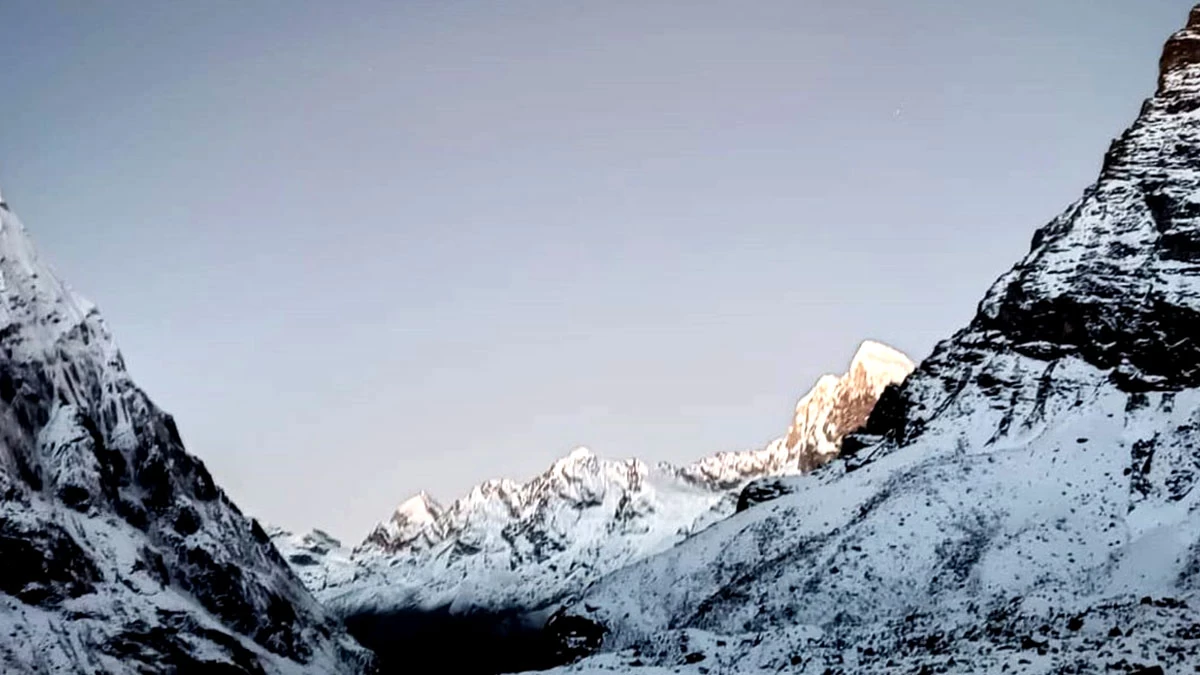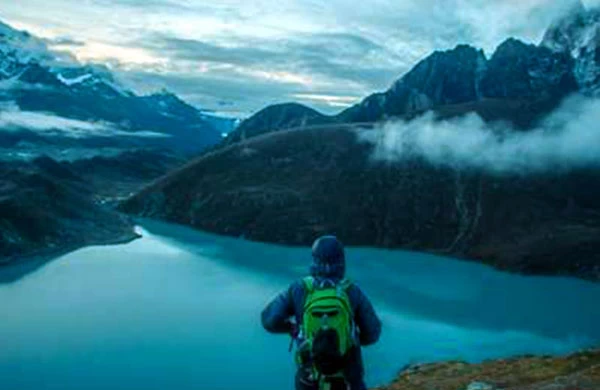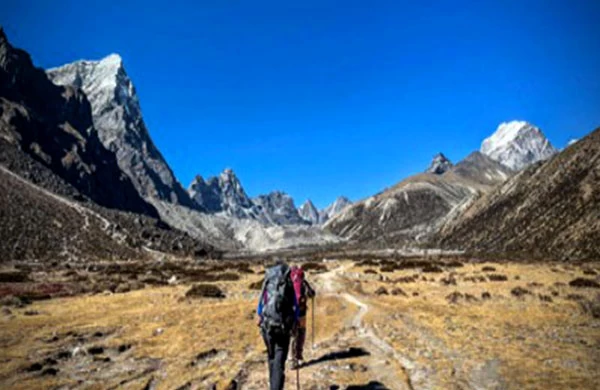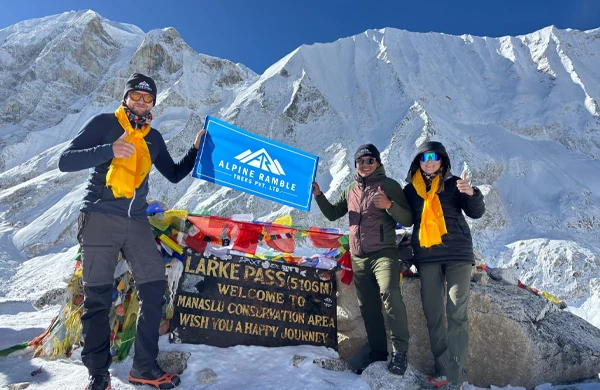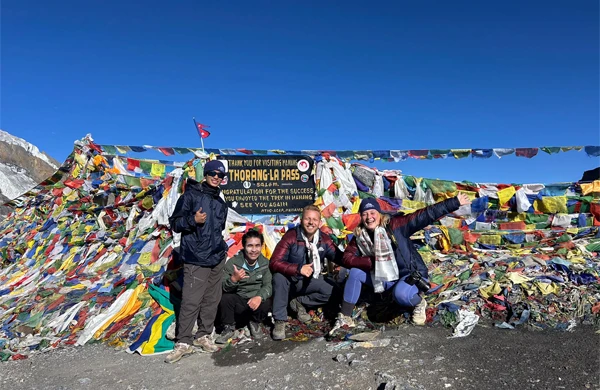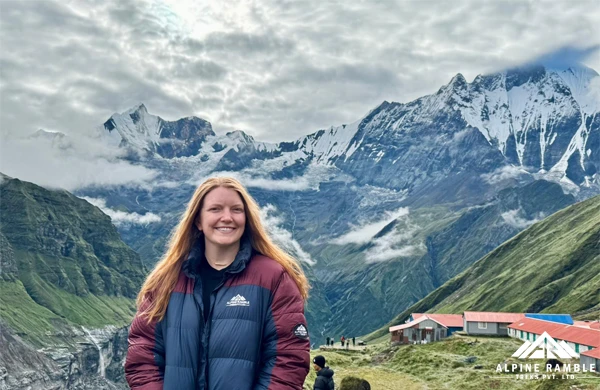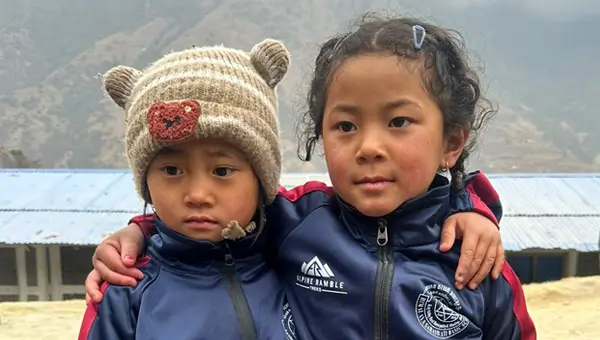Have you ever embarked on an amazing peak climbing above 6000 m? If you have, you must know how beautiful climbing is. Even if you have not, you should plan to climb Mera Peak, one of the world’s most outstanding and n-technical trekking peaks, and do it at least once in your lifetime.
The Mera Peak (6,476m/21246.72ft.) is one of the most popular trekking peaks in Nepal, the highest of all the trekking peaks in the Himalayas of Nepal.
This peak attracts both beginners and professional climbers. However, this trekking peak in Nepal is more popular among novices because professional climbers are more into Everest climb, Lhotse climb, Ama Dablam climb, and likewise.
The Mera Peak's climb difficulty also depends highly upon the preparation level, planning, and weather.
So, it is always best to plan your trip during the best seasons of the year including the seasons of autumn (September, October, and November) and spring (March, April, and May), which are the most favorable and the best time for Mera Peak climbing without any dilemma.
Even though the Mera Peak Climbing in Nepal is considered one of the easiest mountain climbs that are scaled by many climbers during the seasons of autumn and spring in Nepal, you still, however, need to possess some climbing knowledge and skills, helpful climbing guides, permit, and choose the best month for Mera Peak climb for a successful ascent with more enjoyable and memorable.
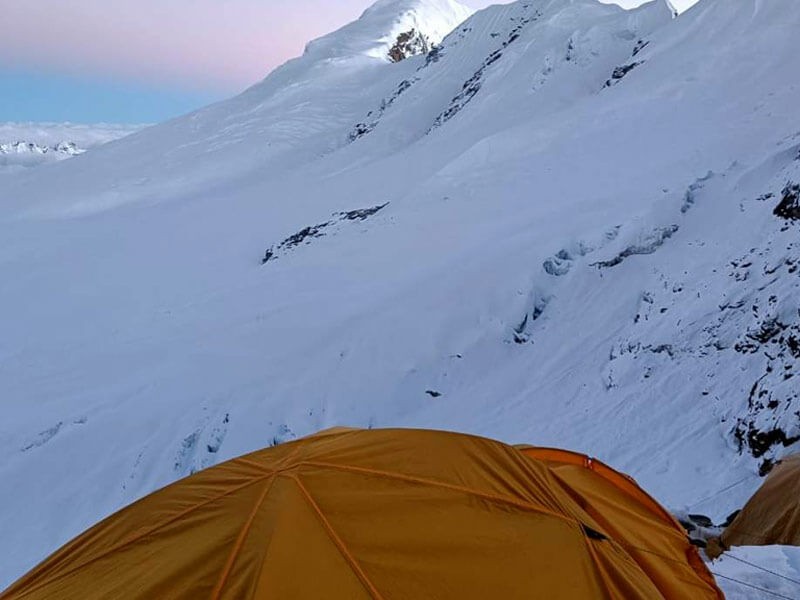
Imagine being on the top of this mountain and enjoying the most stunning views of the mighty Himalayas from the summit are the major attractions of this climb. However, choosing a good time is the most important, a challenging and freezing temperature might encumber these panoramic sceneries.
Also, no one of us wants to add risks to our climbing journey as it takes a lot of effort and to return if we are unsuccessful. When choosing the right season for Mera Peak climb, they can eradicate all those risks and climb with no stress.
Similarly, if we embark on the journey at the wrong time, subsequently we will not get a chance to discover the heavenly home of Mera Peak in the Everest or Khumbu region of Nepal. Likewise, choosing the best time makes your trip the most admirable trip of a lifetime.
Although choosing the wrong time for the Mera Peak climb means we are possibly going to face strong winds and snowfall throughout the climb. Hence, double the difficulty of the Mera Peak climb and extreme cold may suffer us.
Therefore, it is the most important thing that we are always concerned with the time that matters to climb and trek in the Himalayas, so it is always great to choose the best season to climb Mera Peak to avoid these potential troubles beforehand.
So, if you are having a hard time finding the best season with the approximate temperature, then here we will guide you in choosing the best time to climb Mera Peak by presenting some facts about the weather and climate around the Mera Peak area within the following months.
Weather in Mera Peak Climb
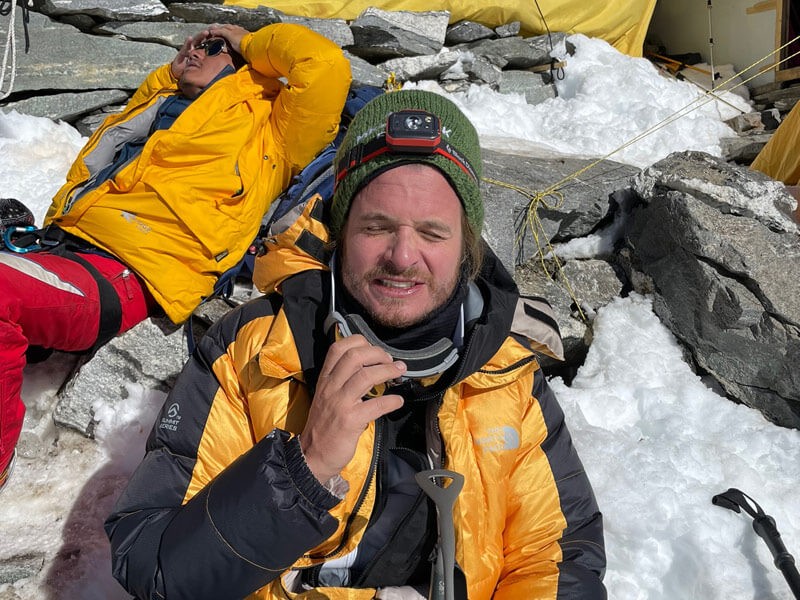
The weather in Mera Peak is always variable as it is not stable and keeps changing from time to time. The weather in this region is freezing even during summer if the weather is not favorable.
In fact, the weather at the high elevation of Mera Peak is never too warm throughout the year as this beautiful Mera peak stands at an altitude of 6,476m (21246.72ft.).
However, during the climbing phase, we will find ourselves five levels higher from the starting destination when we get there.
This means you must face dissimilar categories of weather throughout the journey in this region. Every step of our climb as we gain altitude, the temperature around us will constantly decrease in slow mood as we gradually face the strong and dry wind while ascending.
As well as being aware of the high success rate then we must know about the minimum and maximum temperature of Mera Peak during the good times of the year.
|
Month(s) |
Minimun Temperature (°C) |
Maximum Temperature (°C) |
|
January |
-21°C |
-5°C |
|
February |
-24°C |
-4°C |
|
March |
-17°C |
-2°C |
|
April |
-15°C |
5°C |
|
May |
-7°C |
10-12°C |
|
June |
5°C |
15°C |
|
July |
7°C |
19°C |
|
August |
5°C |
15°C |
|
September |
0°C |
12°C |
|
October |
-5°C |
10°C |
|
November |
-1-°C |
1°C |
|
December |
-15°C |
-3°C |
Statement: Theweather in the Himalayas especially in this region is irregular, so the above-mentioned data is used only for the general guidelines.
However, the temperatures of the Mera Peak vary around the comparative data mentioned above but sometimes it might be rapidly down or up depending on the weather factors.
The climate in Mera Peak Climb
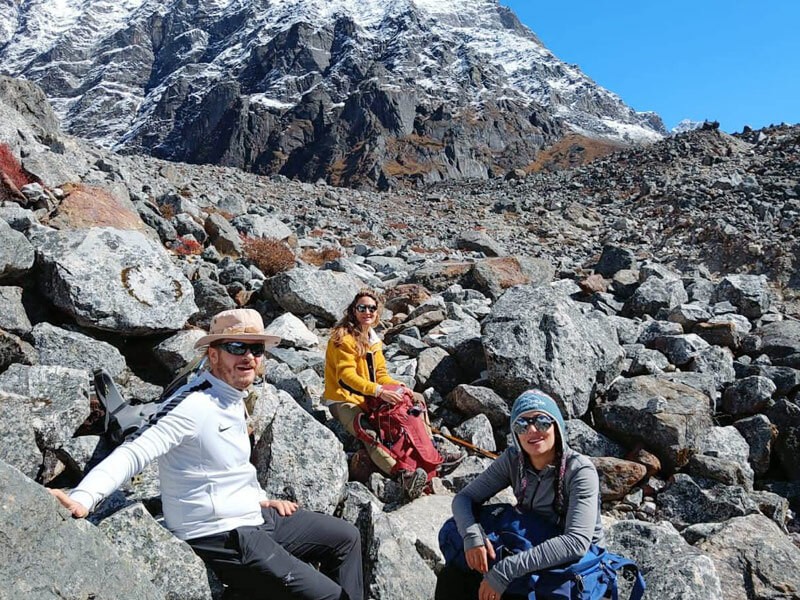
While embarking on the highest trekking peak in Nepal, the Mera Peak climb journey, we will experience a variety of the mountain's climates throughout the journey. Starting our trip from Kathmandu (1,300m/4265.092ft.) and ending up reaching Mera Peak (6,476m/21246.72ft.), the differentiation in climate in this journey is quite perceptible.
However, the climate in Mera Peak can be studied by the date given below and we can easily determine an ideal time for climbing Mera Peak. Normally, there are four different kinds of climate that we will experience on this journey to the Himalayas.
|
Climate |
Altitude |
|
Temperate Climate |
1,200m-2,000m |
|
Frigid Climate |
2,000m-3,200m |
|
Alpine Climate |
3,200m-5,000m |
|
Tundra Climate |
5,000m to above |
Climbing Mera Peak
Seasons in Mera Peak
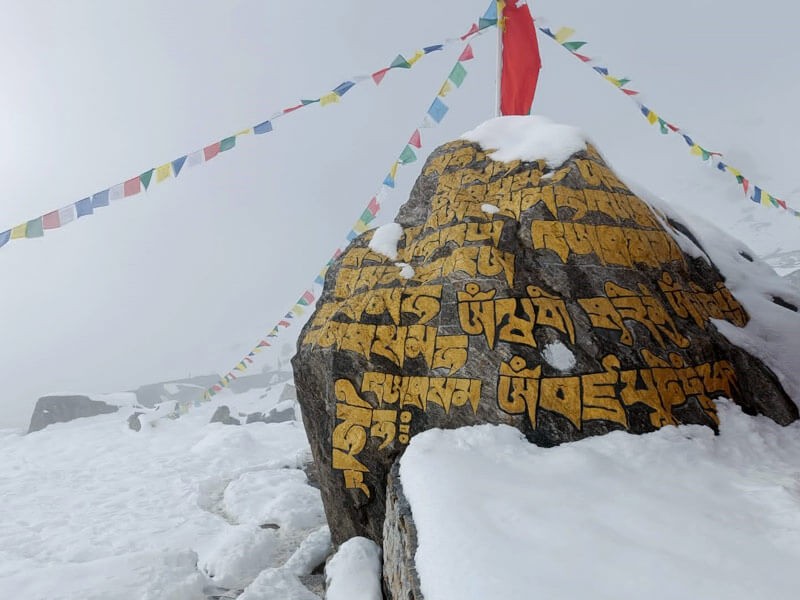
Nepal’s highest trekking peak, the Mera Peak, is situated in the Everest region of Nepal. The climate in the Everest (Khumbu) region is quite changeable.
Please be noted that the weather in this region keeps changing all the time and it is totally not especially stable, there are 4 seasons in Nepal.
In fact, the change in season means a change in temperature, visibility of the views of the sceneries, pros, and cons. Therefore, we must possess a deep approach to the seasons in climbing the Mera Peak in Nepal.
Due to the varied landscape and altitude, Mera Peak also has four different seasons like other regions in Nepal including spring, summer (Monsoon), autumn (fall), and winter.
Among all these seasons, autumn and spring are the best seasons for Mera Peak climb. Each of these seasons continues for about three months.
Spring (Pre-monsoon) – Spring includes Feb, March, April, and May, the weather in this month is largely stable and dry with a moderate climate.
This time of the year is perfect for trekking in the Everest region offers a crystal clear view of the mountains and sceneries every day, the Temperature can reach up to 15- 20 degrees Celsius in the daytime and the temperature the nighttime can drop down to - 8/12 degrees Celsius.
The spring welcomes thousands of flora and vegetation that make the trek more beautiful and enjoyable in Nepal.
Advantages of Climbing Mera Peak in Spring
- Greenery and blooming flowers
- Less chance of rainfall and snowfall
- Chance to make new friends on the trekking trails
- Stable weather, pleasant temperature, and clear visibility
- Disadvantages of Climbing Mera Peak in Spring
- Lack of privacy
- Hassles to book internal flight tickets, and accommodation
Autumn (Post monsoon)- Autumn is another great season for trekking on Everest Base Camp, Autumn includes the months of September, October, November, and December.
During the autumn, the temperatures should be rated as between 14-20 degrees in the daytime, and nighttime can decrease to -5/10 degrees Celsius, it’s great for trekking.
Advantages of Climbing Mera Peak in Autumn
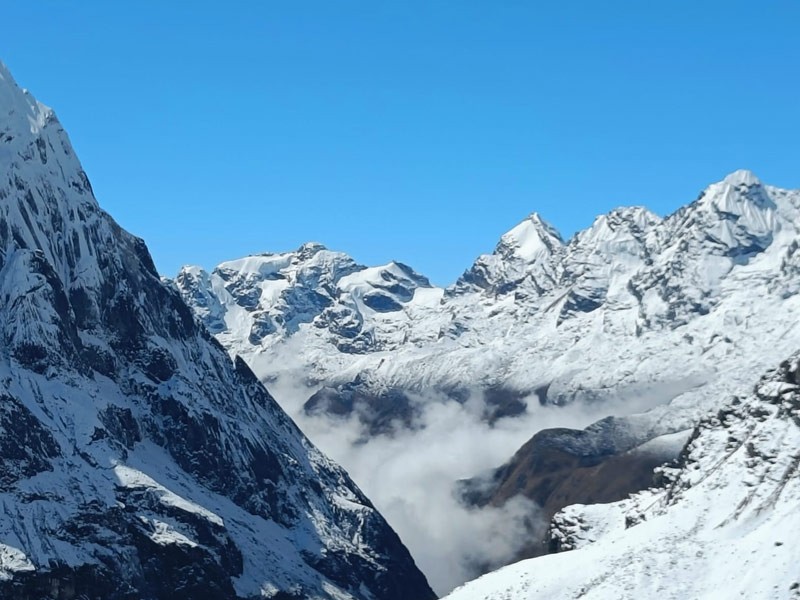
- Pleasant temperature
- Stable and dry weather
- Opportunities to make new friends on the crowded trails
- Low chance of rainfall and snowfall
- Clear visibility of mountains
- Disadvantages of Climbing Mera Peak in Autumn
- Crowded trails lead to a lack of privacy
- Hassles to get internal flight tickets, and accommodation
Looking for different itineraries of the Mera peak climbing trips, one of the following programs may suit your time frame

